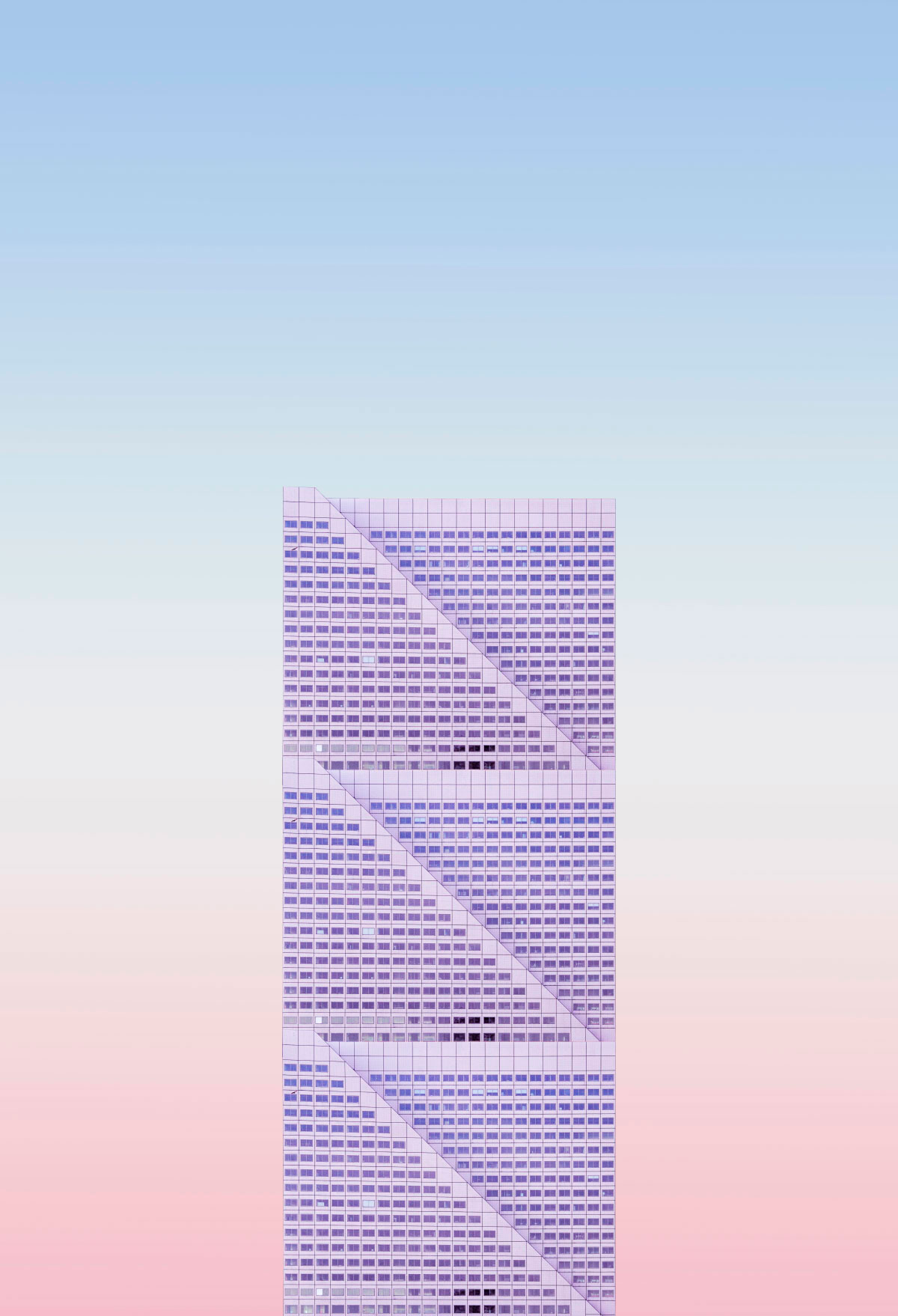Common Edge is a non-profit organisation with the function, in its own words, of “reconnecting architecture and design with the public that it’s meant to serve”. It is a group of experts and practitioners that seeks “to generate the resources necessary to research, publish and advocate for a community of engaged designers, writers, public servants, and activist citizens who are committed to creating designs that manifest the highest aspirations of a democratic society“. Under the title General Agreement for the Practice of Contemporary Architecture, Common Edge has collected over time, through the voluntary contributions of designers, architects and other professionals and citizens, a series of principles and proposals for practising the discipline in harmony with these “highest aspirations”.

The first principle we encounter is that “architectural expression should derive from its urban, cultural, and climatic context, and not only from the will to form of the designer“. We cannot but agree with this idea, nor can we fail to underline the precision with which he uses the words “not only”, even if it is not always followed in contemporary architecture. In short, it is a matter of practising one’s craft with one’s feet on the ground, and not in an isolated realm without limitations, or, in other words, of practising architecture realistically, without losing oneself in a world of fantasy.
For example, energy efficiency and sustainability are demands of today’s urban, climatic and quasi-cultural context. However, another of the manifesto’s principles states that “architecture requires the support of environmentalism, engineering, and sociology, but should not be dominated by their prerogatives”. As can be seen, the exercise of the profession must therefore be a kind of balance between pure creativity, context and autonomy itself. The next milestone of the “general agreement” takes this issue further, when it is stated that buildings are not a commodity and therefore should not be subject to the dictates of fashion or the market. Indeed, the function of architecture is to “assuage the savagery of commerce”.


In a continuous movement towards the autonomy of the profession, a little further on it is pointed out that forms in architecture should not be condemned by “the culture wars”, but that their productions should transcend the circumstances of their creation, so that they are “useful and beloved to subsequent cultures“. On the other hand, the “pursuit of originality condemns cities to incoherence and an architect’s work to unwarranted obsolescence“. After all, “both traditionalist and modernist architecture should have equal standing” and “buildings should be evaluated not by their ideology but by their quality“.
But the agreement further qualifies this autonomy of architecture by requiring that architects “should not impose untested ideas” on their clients and developers. However, it suggests that they “should, however, feel free to experiment“, as clients and developers retain the power to abandon projects if necessary. Yet “urban design depends on architecture being practiced as a collective endeavour and not as a means of professional brand differentiation“. Moreover, “the large-scale of structures” must be tempered with “small-scale detail” that affects “fragile human beings”, for “architecture defined solely by abstraction is intimidation made concrete”.
This “general agreement” then moves on to other issues, not so much related to the practice of architecture, but to teaching and learning. If you are curious, you can find more information on the electronic portal that hosts it, which you can find in our acknowledgement of sources. It only remains to point out now that it is a manifesto open to new principles and suggestions, as its instigators point out. Therefore, if you also wish to add new “gilding principles“, we encourage you to propose them through this portal.
Source: Common Edge.














